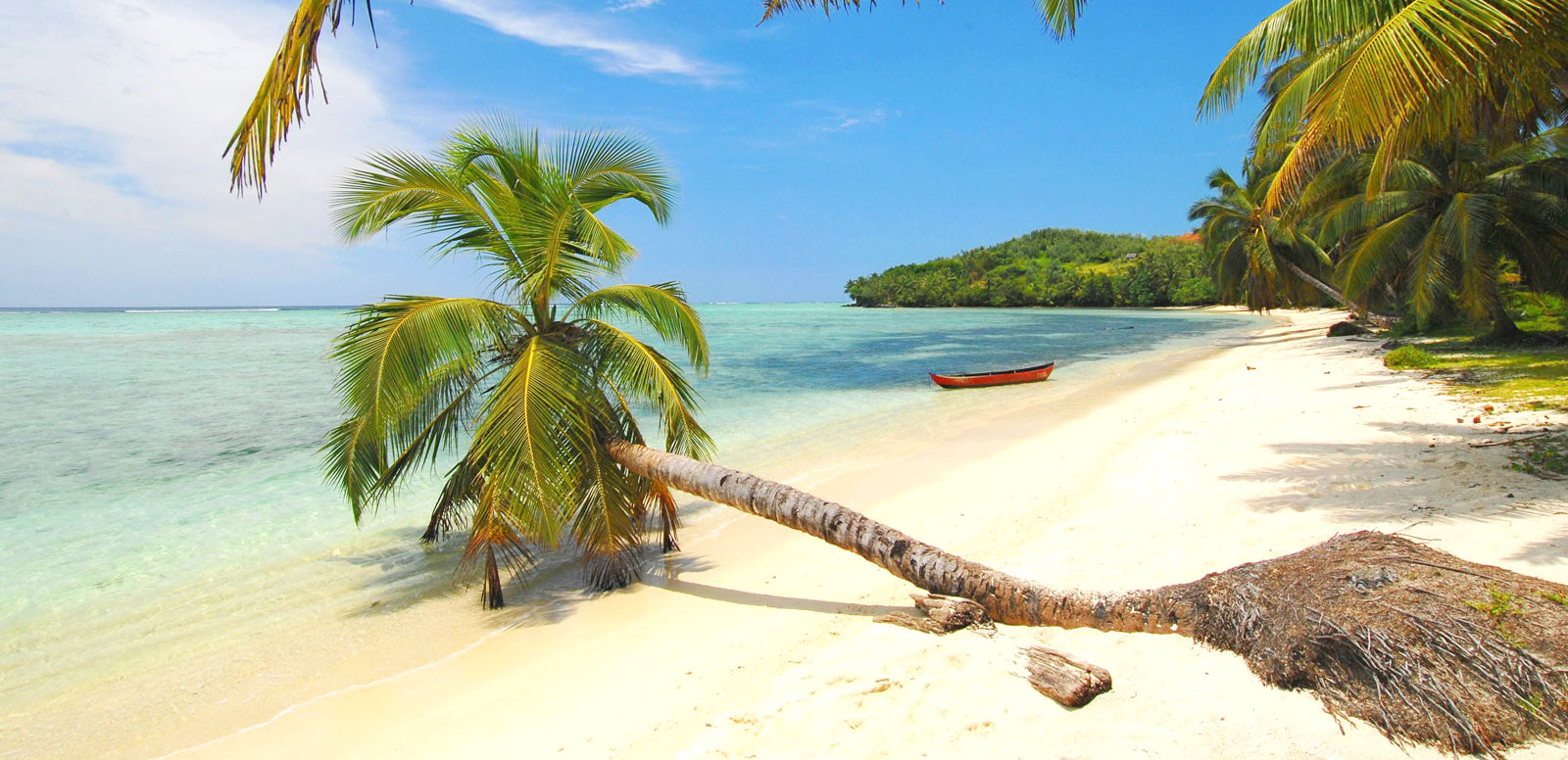Madagascar deserves its reputation as a nature lover's paradise--around 5 percent of the world's plant and animal species are endemic to this island. Lemurs and rainforests, stunning landscapes and rich red soil steal the headlines and remain among tops reasons to take a trip to Madagascar. The cultural diversity of the population also provides plenty of intrigue and interest,
Things to know before visit Madagascar
The best time to visit Madagascar would depend on which part of the country you plan to go to. Usually, the north is hot and humid, the south is arid while the west is wetter. The months to avoid are between January and March as they are the wettest with chances of cyclones. If you want to watch baby lemurs and humpback whales the best time to visit is June and July while birdwatchers should plan a trip in August and September when the migratory and endemic birds pass by.
One of the most popular tourist destination’s in Madagascar, Ile Sainte Marie’s azure blue waters are what attract tourist and locals alike. Located in the east coast of the country, the Island has varied bays and inlets that enticed pirates in the 17th century. The ship wrecks of the pirates ships are still well preserved and can be seen from Baie des Forbans. The island is also an ideal place for water sports enthusiasts and the best spot to see migrating humpback whales.
Renowned for its varied terrains, the national park has steep canyons, sandstone formations, grassland and small pools of water with palm trees fringing its periphery. You can take guided tours of the park, trekking along the myriad land forms, stopping by to cool off at one of the natural swimming pools and to see fauna that thrive in this park. There are about 82 species of birds, 15 species of frogs, 14 species of mammals and 33 species of reptiles.
Located in the southern part of Madagascar’s largest natural reserve, the park is famous for it wide expanse of mangrove forest and different varieties of Lemur species. Tsingy means pinnacles dotting the limestone plateau and that is what can be seen when you arrive at this unique landscape. A UNESCO World Heritage site, the serrated peaks have been formed over centuries due to the movement of the wind and water, making it a unique tourist destination.
Towering Baobab trees make for an unique tourist hot spot in Madagascar. This striking landscape has become a major tourist attraction with trees up to 800 years old, lining the road between Belon’i Tsiribihina and Morondava in western Madagascar.
A small island in Madagascar, Nosy Be is an exclusive tourist destination where tourists come to enjoy some solitude amongst the tropical beaches, clear turquoise waters and balmy weather. Those interested in some water-based activities such as snorkelling and sailing can go full flow as there is plenty to choose from.
Estimated living expenditure: If you are on a shoe string budget and are ready to stay in hostels or budget hotels you could end up spending about US$75 per day person but if you want to have luxurious holiday, be ready to spend about US$200 per person per day.
Entry: Australian citizens can get a visa on arrival in Madagascar. However a valid passport is a mandate. For more updated and detailed information, please visit the website.
Electricity: While traveling to Madagascar it is advisable to carry an international power plug adapter as the power sockets being used are type C, D, E, J and K. The standard frequency is 50 Hz and standard voltage is 127/220 V.
Shopping: Madagascar has a lot to shop with unique local arts and crafts, ethnic souvenirs, home decor items and precious gemstones. You could purchase wood carvings in different styles, colorful and vibrant woven squares called Lamba and beautiful handmade Antiamoro paper made into flowers and other decorative items.
Clothing and Essentials: Madagascar has a sub-tropical climate so it is advisable to pack lightweight and breathable clothes that can be washed and dried fast. Choose linen, bamboo or cotton fabrics that are loose and cool. Carry sunscreen and sun glasses to protect yourself from the glaring sun. Also, pack a rain coat and comfortable walking shoes and an umbrella incase of unexpected showers.

